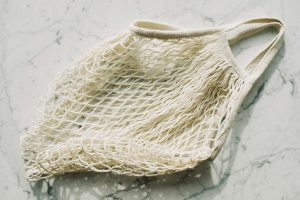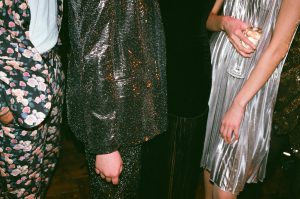Exploring the Creative Process Behind Iconic Fashion Designers
Fashion designers are more than just trend-setters, they are visionaries who create iconic pieces that stand the test of time. From the bold and daring designs of Alexander McQueen to the timeless elegance of Coco Chanel, each fashion designer has a unique creative process that sets them apart. In this article, we will delve into the depths of the creative process behind some of the most iconic fashion designers in the industry. Get ready to explore the world of fashion and discover what goes on behind the scenes of these visionary artists.
The Beginning Stages: Inspiration and Ideas
Every great design starts with a spark of inspiration. For fashion designers, this can come from a variety of sources – nature, art, historical eras, or even everyday life. For example, Oscar de la Renta’s love for traveling and cultural influences can be seen in his intricate designs that often incorporate ethnic embroideries and patterns.
Once designers have found their inspiration, they move on to the process of creating a mood board. This involves collecting images, fabrics, colors, and other elements that capture the essence of their idea. Mood boards are essential in keeping the designer’s vision cohesive throughout the entire creative process.
The Drawing Board: Sketching Designs and Creating Patterns
Next comes the sketching stage, where the designer translates their ideas onto paper. This is where their vision truly comes to life, as they experiment with different silhouettes, fabrics, and details. Sketches are then turned into technical drawings, which are used to create patterns for the garments.
Patterns are the blueprint for any fashion design, and they require great attention to detail and precision. Iconic designer Carolina Herrera once said, “My patterns are my architecture – clothes express emotion and allow women to project their personalities.” This perfectly captures the importance of patterns in the creative process, as they lay the foundation for the final product.
Bringing the Design to Life: Fabric Selection and Fittings
Once the patterns are finalized, it’s time to select the fabrics and materials that will bring the design to life. This is a crucial stage in the process, as the right fabric can elevate the design and give it the desired effect. For example, Alexander McQueen’s infamous “bumster” trousers were created using stiff, heavy fabrics to accentuate the low waistline and create a dramatic silhouette.
After the fabric is chosen, the designer creates a sample garment for fitting. This is where adjustments are made to ensure the design fits and flatters the human body. Fittings can happen multiple times until the design is perfected, and the final garment can be created.
The Finishing Touches: Embellishments and Details
The final stage of the creative process involves adding the finishing touches to the garment. This includes adding embellishments, such as beading or embroidery, and finalizing all the small details that make the design unique. This stage is where the designer’s expertise truly shines, as their attention to detail and craftsmanship are what make the design iconic.
Iconic fashion designers also often put their personal touch into their designs, whether it be a signature embroidery or a unique detail that sets their pieces apart. This personal touch is what makes their designs instantly recognizable and gives them a sense of exclusivity.
The Final Product: Showcasing the Design to the World
After months of hard work and dedication, the final product is ready to be showcased to the world. Fashion designers do this through fashion shows, editorials, and advertising campaigns. This is also where the true collaboration between the designer and their team comes into play, as they work together to create a cohesive and impactful presentation of the design.
However, the creative process does not end here. Once the design is out in the world, it becomes a part of fashion history and continues to inspire future designers and generations to come.
In Conclusion
The creative process behind iconic fashion designers is a labor of love that involves inspiration, sketches, patterns, fabric selection, fittings, and finishing touches. Each designer has their unique way of bringing their vision to life, and it is this process that makes their designs truly iconic. As we continue to explore the world of fashion, we can appreciate the hard work, dedication, and creativity that goes into every iconic design.










